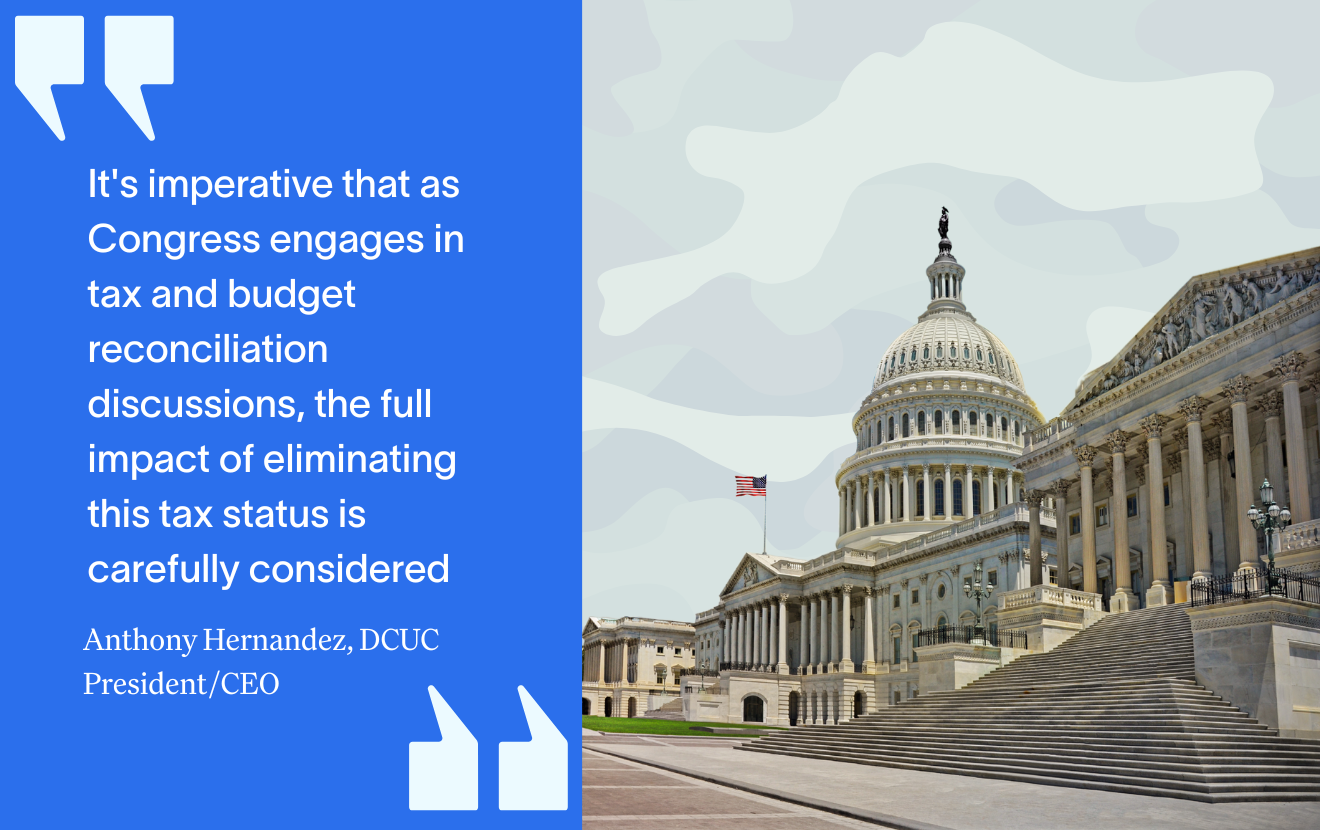When asked to think of an agile, design-focused business, Apple or maybe Tesla probably come to mind. IBM probably won't – but maybe they should.
Having invented everything from mag stripe cards and the ATM, to floppy disks and disk drives, UPC barcodes and SQL programming, IBM hasbeen the prototype Big American Corporation almost since it was founded in 1911. Nicknamed "Big Blue" (some say because of its logo, others because of the corporation's requisite dress code), IBM's size and structure meant that their new products typically required four to five years in development -- soIBM opted for many years to follow, to let other companies pioneer new markets. Their size also led to a few blind spots, including their complete miss on the growth of the personal computer in the 70s and early 80s that ended up spelling doom for their dominance in the mainframe computer market. By 1993, IBM posted an $8 billion loss -- at that time the biggest in American corporate history.
Fast forward to now and they are among the leaders in cloud computing, SaaS/IaaS/PaaS, cognitive computing, Internet of Things, etc., etc., and even have an artificial intelligence program named Watson that won on Jeopardy, competing against two human champs.
So how did IBM make such a drastic change? They pivoted.
IBM ditched their unprofitable product lines (PCs and mainframes), focused on supporting & acquiring more profitable ones, and decided to shifttheir corporate culture from an engineering-driven"features-first" approach to a design-focused"user-first" strategy. Since 2012 they've added 1300 designers and design researchers to their teams of scientists and engineers, with two-thirds of the new hires also being new grads in order to bring in fresh perspectives. Plus they will also have put 100,000 staff through some sort of design training by the end of 2016.
Why?
People make connections at the emotional level, and designers naturally take a more intuitive, empathetic approach to any problem, allowing them to connect with people's feelings and concerns. By training staff how to understand these emotional connections, IBM has expanded the ways their staff can improve solutionsand humanize problems. Simply put,design is now everyone's jobat IBM. And while not everyone is a designer, everyoneis expectedto think, work and feel like one.
Now think about what this approach could mean for your credit union. A staff that focuses on humanizing problems will always have better results than one that doesn't. Emotional connections are what good branch staff make when problem solving for your members. It's the same connection that Marketing makes when a well-branded campaign seems to develop a life of its own, beating projected results.
If you're currently managing products and marketing based mostly on features and rates, a pivot to emotional, human-based "designer" thinking won't be easy. But the deeper, stronger connections to your members are worth the effort.
Look at it this way – if a century-old global mega-corporation can change their entire approach to business, your credit union should be able to manage it a lot quicker.







